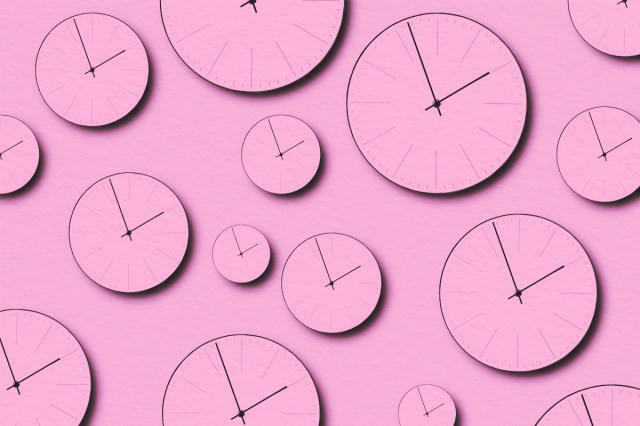Why Did People Used To Wear Monocles?
In the world of eyewear, few accessories have captured the imagination quite like the monocle. Widely regarded today as an eccentric throwback from an earlier age, the monocle began life as a fairly simplistic and imperfect device for correcting eyesight. But something odd happened during the 19th century: The unassuming corrective lens began taking on an entirely new significance as a powerful symbol of class, intellectual prowess, and cultural identity.
But why did this simple optical device evolve into a status symbol? And why did people start wearing monocles in the first place, when spectacles — those of the two-lens variety — had been around since the 13th century? Here’s a close look at why people used to wear monocles, and why the curious eyepiece ultimately went out of fashion.

The Origins of the Monocle
The origin of the monocle is somewhat blurry. It likely developed from the “quizzing glass,” which was a magnifying lens on a handle that was held up to the user’s eye to aid in reading or inspecting objects. The monocle, of course, did away with the handle altogether, and was instead held in place by the eye socket itself.
Monocles helped with reading small print and other tasks requiring near vision. They also had the benefit of allowing both hands to be used freely (unlike the quizzing glass) while also being easy to carry, slipping comfortably into a top pocket.
Monocles, however, have one obvious issue: They correct vision in only one eye. This might be fine for someone with anisometropia, in which only one eye needs correcting, but virtually all monocle users require optical correction in both eyes.
This issue was being discussed by medical practitioners as far back as the early 1800s — and their comments were often critical. An anonymous German treatise published in 1824 stated, “The monocle with which a single eye is used must be avoided because it disturbs the balance of binocular vision.” The same year, London optician William Kitchener warned, “This pernicious plaything will most assuredly in a very few years bring on an imperfect vision in one or both eyes.”

















